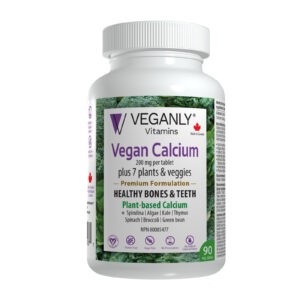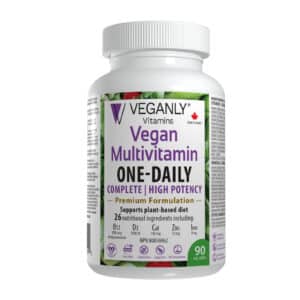You’re not alone. It affects 1 out of 10 North Americans.
People living in places far from the equator get little sunshine during fall and winter. For example, Toronto had less than 50 hours of sunlight last January. A city like Tromso, Norway, doesn’t have any sunshine from November to January. This lack of sunlight can leave many people feeling sad and lethargic.
Seasonal affective disorder (SAD) is a type of depression that is related to changes in the seasons, which typically manifests itself from late fall to early winter. It usually goes away as the sun comes back out for more hours of the day in the spring and summer months.
What causes SAD?
- Our Biological Clock (circadian rhythm). A decrease in sunlight may disrupt our body’s internal clock and lead to feelings of depression.
- Serotonin levels. Reduced sunlight can cause a drop in serotonin levels in the brain. When it drops, it can result in depression, a lack of energy, sleep problems, mood swings and poor impulse control.
- Melatonin levels. Melatonin is a sleep hormone. During darker days, our body produces more melatonin, and if we over-produce it, we tend to get lethargic, sleepy and moody.
Am I SAD?
The Mayo Clinic lists the symptoms below. Do not self-diagnose. Seek the help of your doctor or therapist.
|
Major depression |
SAD |
|
|
Am I at Risk?
- Being female. 80% of those affected are women
- Age. Young people aged 20-40, tend to have a higher risk of winter SAD
- Family history. Do you have blood relatives with SAD or another form of depression?
- Having clinical depression or bipolar disorder. Have you been diagnosed with clinical depression or bipolar disorder?
- Living far from the equator.
What you can do:
Light therapy. Use an appropriate light box made for SAD, for about 30 minutes in the morning. You may want to consult with an experienced clinician, as there are specifications to make this work.
Exercise and get out there, socialize. These are activities that make you happy and promote your well-being
Ask your doctor if you need medication or therapy
Take vacations in sunny places
Eat healthy and take Vitamin D
Food sources rich in vitamin D include oily fish, eggs, liver or fish oil. Your vegan choices are not that great: fortified soy milk and orange juice. If that’s not your cup of tea, consider taking a Vitamin D supplement.
How Much Vitamin D to Take
|
Age |
Goal |
Do not exceed |
|
19-70 |
600 |
4,000 |
|
71+ |
800 |
4,000 |
This includes vitamin D from both food sources and supplements
Winter Blues are Manageable
Because you don’t get enough sunshine during winter months, take proactive steps if you are prone to the winter blues. Combining coping strategies, lifestyle changes and Vitamin D supplementation, all work together to ease your winter blues.
REFERENCES
Haugan, Idun. Beating the Winter Blues. Science Nordic. 18 January 2013
Dieticians of Canada. Food Sources of Vitamin D
Alam, W, Gloth FM, Hollis, B. Vitamin D vs Broad spectrum phototherapy in the treatment of Seasonal Affective Disorder. J Nutr Health Aging 1999;3(1):5-7.
Landsdowne, AT, Provost, SC. Vitamin D3 enhances mood in healthy subjects during Winter. Psychopharmacology (Berl). 1998 Feb;135(4):319-23.
Rohan, K., Roecklein, K. Seasonal Affective Disorder: An overview and Update. Psychiatry (Edgmont). 2005 Jan; 2(1): 20–26.
Whalen David. Seasonal Affective Disorder. Canadian Mental Health Association.
THE CONTENT AVAILABLE VIA THE WEB SITE IS PROVIDED WITH THE UNDERSTANDING THAT NEITHER VEGANLY NOR ITS SUPPLIERS OR USERS ARE ENGAGED IN RENDERING MEDICAL, COUNSELING, LEGAL, OR OTHER PROFESSIONAL SERVICES OR ADVICE.
SUCH CONTENT IS INTENDED SOLELY AS A GENERAL EDUCATIONAL AID. IT IS NOT INTENDED AS MEDICAL OR HEALTHCARE ADVICE, OR TO BE USED FOR MEDICAL DIAGNOSIS OR TREATMENT, FOR ANY INDIVIDUAL PROBLEM. IT IS ALSO NOT INTENDED AS A SUBSTITUTE FOR PROFESSIONAL ADVICE AND SERVICES FROM A QUALIFIED HEALTHCARE PROVIDER FAMILIAR WITH YOUR UNIQUE FACTS. ALWAYS SEEK THE ADVICE OF YOUR PHYSICIAN OR OTHER QUALIFIED HEALTHCARE PROVIDER REGARDING ANY MEDICAL CONDITION AND BEFORE STARTING ANY NEW TREATMENT.






